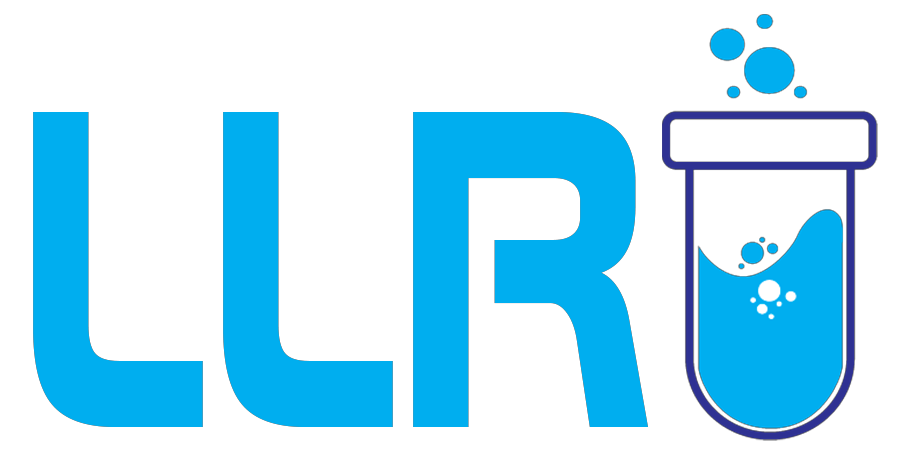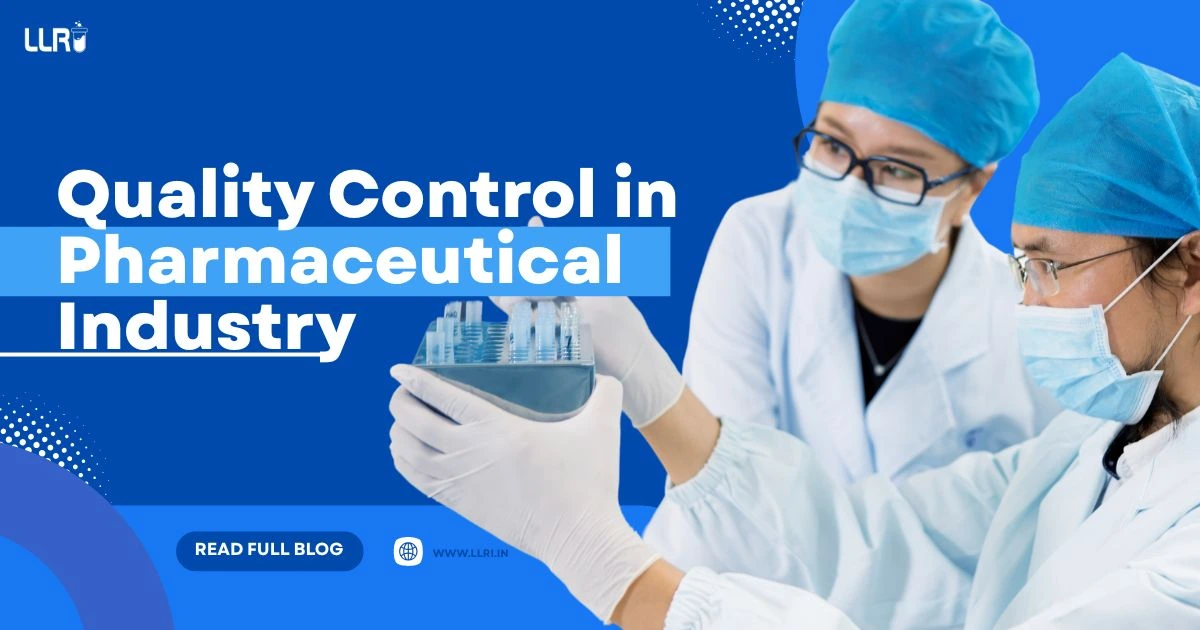The term quality control in pharmaceutical industry refers to the sum of all steps undertaken to ensure the identity and purity of a particular medicine. It is also essential in ensuring the safety and efficacy of drugs, as well as maintaining the integrity of the supply chain.
The main aim of quality control in the pharmaceutical industry is to test the drugs in their multiple steps of production, verifying that they are able to proceed for the next step and release the manufacturing process in accordance with rules and specifications needed for consumption. For complete control of the medicine quality that is being produced, it needs to be tested in various work areas. Such as:
- Physical-Chemical Laboratory
- Microbiological Laboratory
- Packaging Material Laboratory
- Process Control Laboratory
There are few rules required so that there is a correct production and quality control of medicines. Each and every country has its own rules and laws that govern these processes and every industry needs to follow and have the correct authorizations for production.
Let’s learn more about quality control in pharmaceutical industry…
What is Quality Control in Pharmaceutical Industry?
Quality control in the pharmaceutical industry includes detailed documentation of outcomes for record-keeping, serving as a feedback loop for future process enhancements. Moreover, Quality Control (QC) ensures adherence to established standards and is important for meeting-customer expectations, contributing to overall customer satisfaction.
Now that you’ve learnt what is quality control in the pharmaceutical industry, let’s explore the next part: the 4 types of quality control.
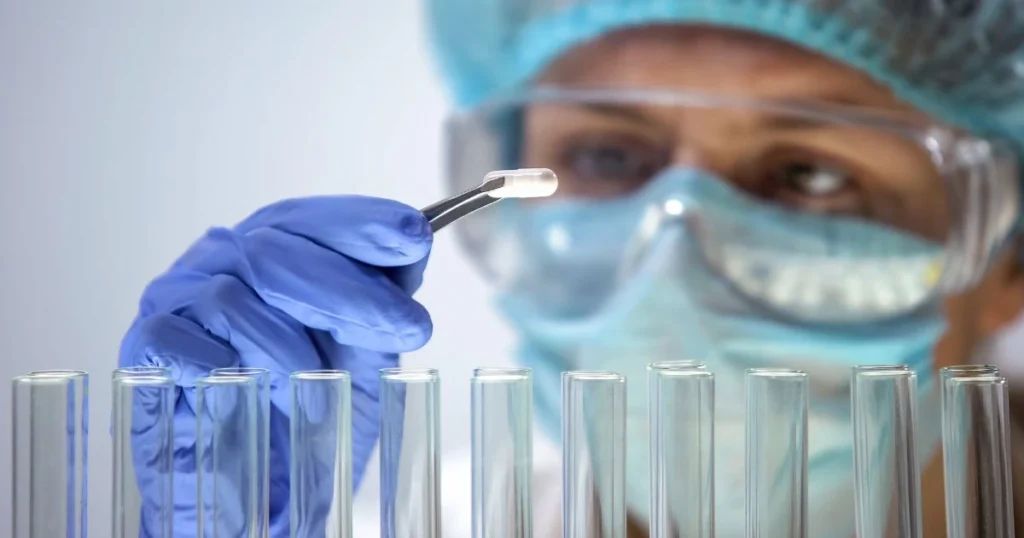
What are the 4 types of Quality Control
The 4 types of quality control are as follows:
- Control charts: The control chart is beneficial in examining changing processes over an extended period of time.
- Process control: This makes sure that the processes within a company are operating correctly. It means that all of the activities included in each process are working at a good stable pace with less variation.
- Acceptance sampling: It is a process of determining an inspection plan that works to meet the needs of the industry.
- Product quality control: This illustrates how a product meets the qualities of a customer by setting the product against different elements.
Difference between Quality Control (QC) and Quality Assurance (QA)
Both the Quality Control (QC) and Quality Assurance (QA) plays a crucial part in the production and release of different medical products under the pharmaceutical industry. Let’s find out the differences below:
- Quality Control (QC): This aims to verify and test the medicine at multiple stages of production to ensure each and every product is of the highest quality. The job of QC is to identify product defects and fix the issues with correct techniques and measures.
- Quality Assurance (QA): The main purpose of quality assurance is to make sure the quality requirements have been fulfilled. Also, the main focus of quality assurance is to prevent mistakes and manage quality with the help of defining processes, establish standards and develop guidelines for better quality management.
The Importance of Quality Control (QC)
Quality Control (QC) plays a very important role in the pharmaceutical industry. QC follows systematically examining and testing pharmaceutical products at various stages of production to identify and rectify problems and variations. This makes sure that every product meets the specified quality standards before reaching the market, safeguarding patient safety.
Quality Controls are necessary for regulatory compliance and to get the trust of healthcare authorities and consumers. It helps to mitigate the risk of product recalls, adverse events, and legal results while enhancing a pharmaceutical industry reputation for reliability and integrity.
Objectives of Quality Control
The objectives of quality control activity are to improve product quality and reduce risk in the pharmaceutical industry.
- Enhance product quality and reduce risks
- Meet specifications
- Identify & correct defects
- Minimize errors and inconsistencies
- Gain product efficiency
- Reduce waste
- Improve process control
- Cost savings
- Customer loyalty
- Customer satisfaction
- Build Brand reputation
- Competitive advantage
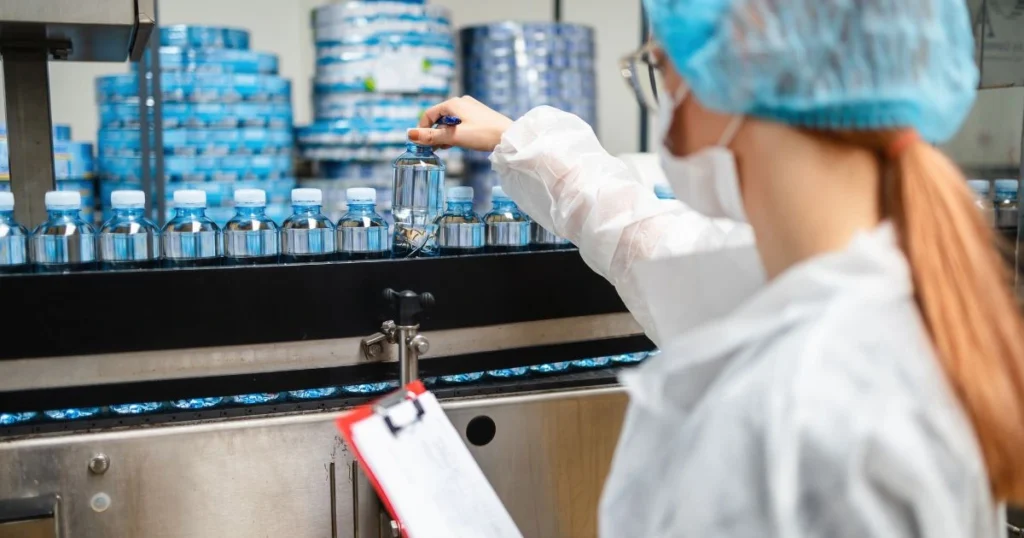
Steps in Pharmaceutical Quality Control
The steps in pharmaceutical quality control includes a systematic step to make sure the safety, efficacy, and consistency of pharmaceutical products.
- Raw materials testing: This step is important to ensure that the materials meet the necessary quality standard, and verify that it won’t be spoiled in any way.
- Testing and Analysis: The collected samples under this will go for various tests and analyses. Depending on the product type, which include chemical, physical, microbiological, and pharmacological tests.
- Stability Testing: Stability testing evaluates how the product changes over time under different storage conditions.
- In-process testing: It is conducted at various stages of production to ensure that the medicine meets all quality specifications.
- Final testing: This is the last step in quality control to test the final product to confirm that it meets all the necessary requirements.
Roles and Responsibilities of Quality Control
In the pharmaceutical industry the roles and responsibilities of quality control stands as an essential factor in ensuring the safety and efficacy of medicine. Its primary responsibility is to ensure the facility of the medicine for the next stage, approving manufacturing processes in compliance with rules for safe consumption.
Quality Control Tools and Techniques
The quality control in pharmaceutical industry includes 7 quality control tools and techniques, which are simple yet effective and need to be added in every quality professional’s toolbox.
- Cause-and-Effect Diagram( Fishbone Diagram): The primary purpose of this tool is to systematically explore and organize the multiple factors that could mainly contribute to a certain issue or outcome.
- Check sheet (Tally sheets): It consists of a list of problems and the number of occurrences indicated by tally marks.
- Control chart (Shewhat chart): Used to study how a process changes over time and whether a process consists or in control, or unpredictable and out of control.
- Histogram: It is a powerful data visualization tool that graphically represents the frequency distribution of a set of data.
- Pareto chart: These tools are widely used in quality management, problem-solving, and failure investigation in the pharmaceutical industry.
- Scatter diagram: A highly effective graphical tool used to analyze relationships between two variables. This is a statistical method that helps to identify potential correlations and trends that may contribute to product or process failures.
- Stratification (Flowchart or Run chart): Stratification, also known as flowchart or run chart, used to categorize and visually represent data or process steps in a structured manner.
General Principles of Quality Control
The general principles of quality control in the pharmaceutical industry is designed to ensure that pharmaceutical products are of high quality and meet all required standards and rules.
- Standardization: Standardization helps to ensure the consistency and quality of pharmaceuticals.
- Inspection: It’s a process of examining and evaluating raw materials, production process and finished products to make sure they meet existing quality standards.
- Testing: This includes purity, stability, safety, and uniformity.
- Continuous improvement: It includes reviewing and updating standard and procedures, implementing new technology and testing methods, and training and continuing employee education.
- Documentation: This is a significant component of quality control and involves keeping accurate and complete records of all quality control activities.
- Quality Assurance: This includes implementing quality management systems, internal and external audits, and continually reviewing and improving quality processes.
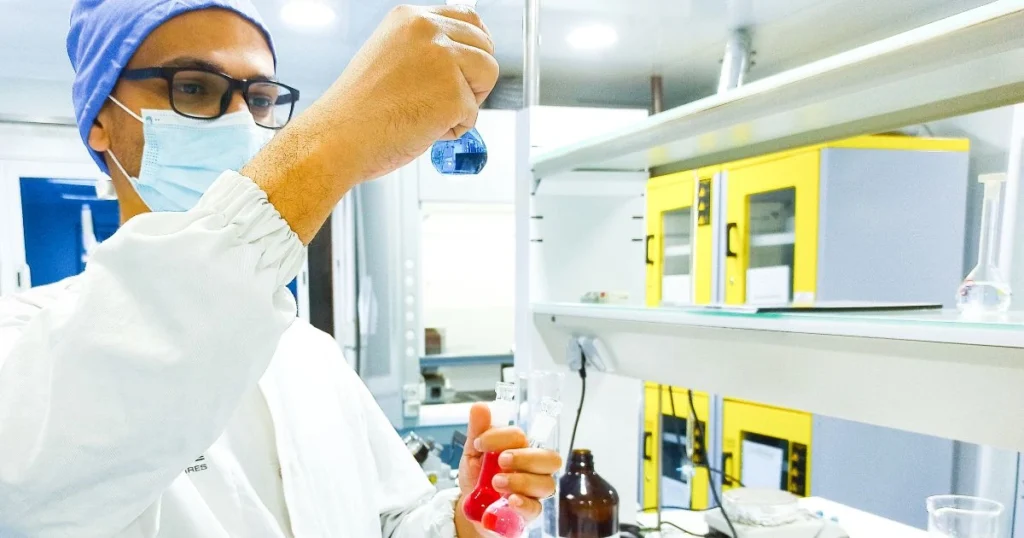
Conclusion
Quality control in pharmaceutical industry is a vital process that ensures pharmaceutical products that meet quality, safety, and efficacy standards. Right from raw material sourcing to final product release, this includes various steps as sampling, testing, analysis, and documentation to prevent errors.
If you’re fresh out of college from a pharmacy background wondering what to do next, we at Learning Labb Research Institute (LLRI) provide you with the best certification courses.
Are you ready to launch your career in the healthcare field?
